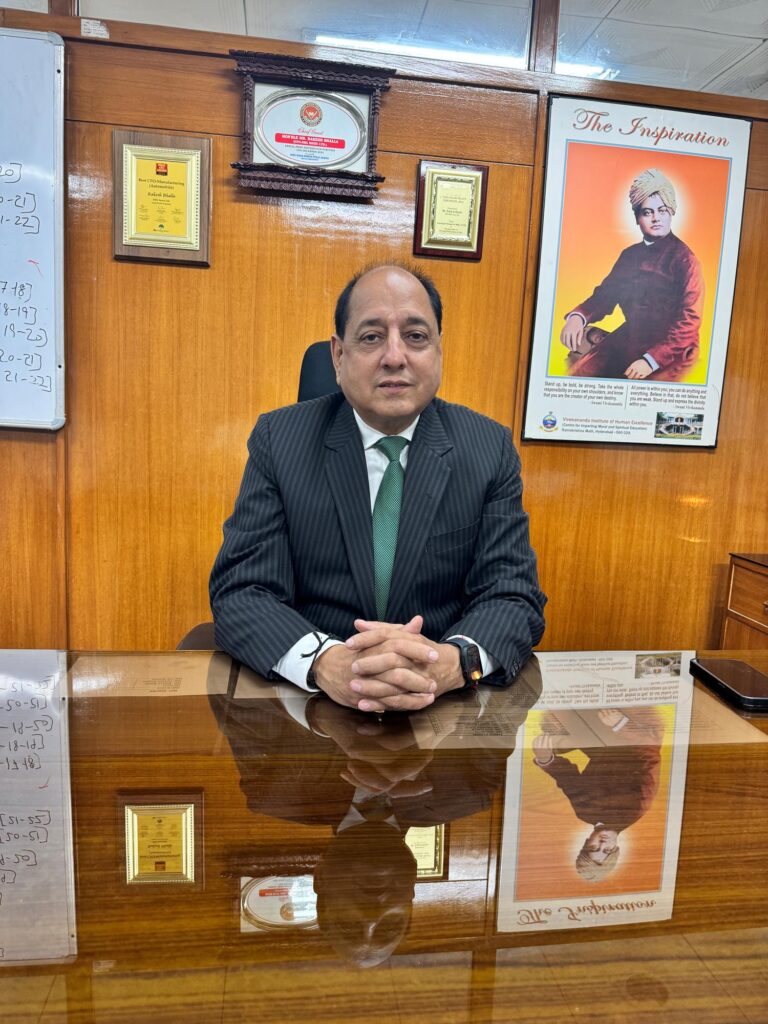
SML Isuzu Ltd., a prominent player in the Indian commercial vehicle (CV) industry, has been at the forefront of innovation and growth for over four decades. In this exclusive interview with N. Balasubramanian, Rakesh Bhalla, CFO of SML Isuzu Ltd., shares insights on the company’s recent milestones, government expectations, and future strategies. From pioneering CNG buses in India to achieving record-breaking profits, SML Isuzu continues to play a pivotal role in shaping the Indian CV sector.
Let us start with your views on reaching the milestone of the highest-ever quarterly profit in FY2024-25. What does this achievement mean to SML Isuzu? Can you also summarize the 40-year journey of SML Isuzu in the Indian CV market?
You may already know that in FY2023-24, SML achieved the highest-ever profit in any financial year over the last 40 years of our history. Continuing this success, in Q1 of FY2024-25, we also achieved the highest-ever profit in any quarter. This milestone is worth celebrating, but I firmly believe that there is still much more we can accomplish. Our potential far exceeds what we’ve achieved so far, and I’m confident that, with our collective efforts, we will reach even greater heights in the near future.
Reflecting on our journey, SML Isuzu began 40 years ago as a joint venture initiated by the Government of Punjab through Punjab Tractors Ltd., in collaboration with Sumitomo Corporation and Mazda Motors Japan. We rolled out our first vehicle in 1984, bringing advanced Japanese technology to the Indian market. Our mission was to introduce vehicles that were fuel-efficient, low-maintenance, and of superior quality—addressing a gap in the industry at the time. The success of this collaboration was further supported by government incentives, including significant tax and excise duty reliefs, which played a crucial role in establishing our foothold in the market.
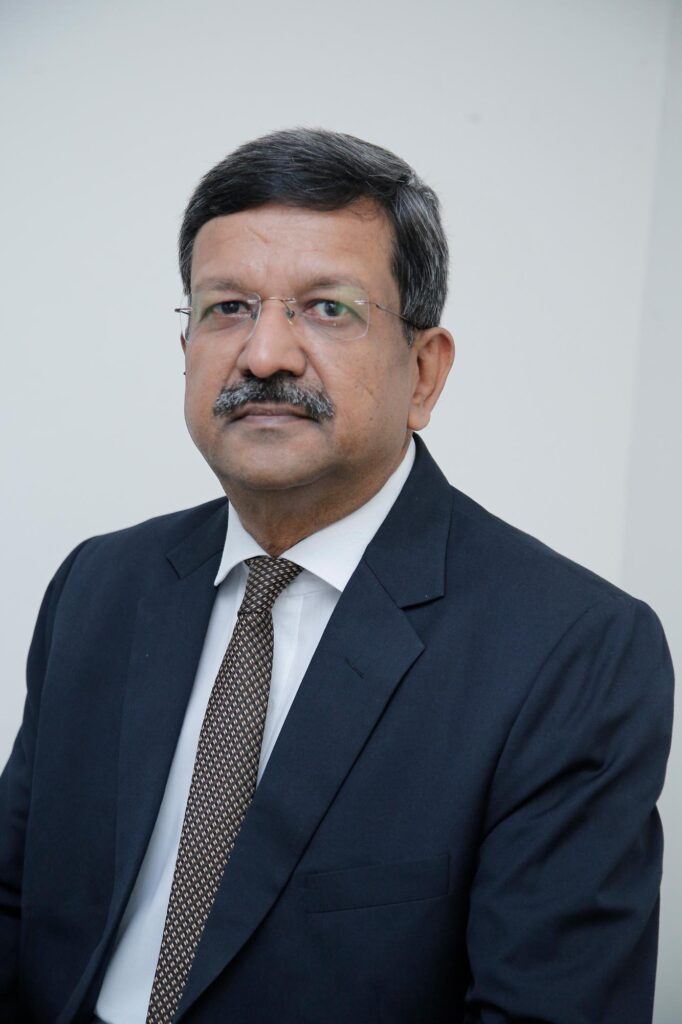
What are your expectations from the government?
The current focus of the Government of India on encouraging electric vehicles (EVs) is appreciable. However, at the same time, CNG vehicles, which already have the capacity available with leading OEMs like us, seem to have lost the government’s attention. Our proposal is that, similar to EVs, some tax concessions should be offered for CNG vehicles. For instance, reducing the GST from 28% (which is the highest rate, typically applied to luxury items) to 18% (the standard rate) would benefit both CNG consumers and the automobile industry, ultimately supporting environmental protection.
Similarly, non-luxury vehicles such as school buses and medical vehicles like ambulances are currently taxed at the highest rate of 28%, which is not justifiable. We propose reducing this rate to 18%.
From your company’s long and illustrious journey of four decades, can you highlight some of the top 3-5 achievements or milestones that SML Isuzu has pioneered or spearheaded in the Indian truck and bus industry?
Here are the top five significant achievements that underscore SML Isuzu’s remarkable journey:
- In 1985, the initiation of our project setup was a government-led effort to establish an LCV unit aimed at reducing fuel consumption by improving efficiency in the Indian transportation sector.
- We made history in 1987 as the first CV OEM in India to introduce a fully indigenously developed and company-built bus, significantly advancing the public transportation sector.
- In 2000, we became the first company to introduce CNG buses in the Indian market, complying with BS-I emission norms. This pioneering achievement continues to dominate the Indian bus market.
- In 2018, we launched the advanced Global Series trucks and the SML Saarthi telematics system, both of which significantly enhanced vehicle tracking and operational efficiency.
- Recently, we introduced new products like the ‘HIROI’ front overhang bus and dual-cabin Global Series trucks, and achieved our highest-ever profit in Q1 FY2024-25 post-pandemic.
Could you give us an idea of the total number of SML Isuzu vehicles on Indian roads today? Please provide figures for both trucks and buses.
We crossed the 3 lakh vehicle rollout milestone in January 2024 from our Ropar plant. Currently, the estimated total number of SML Isuzu vehicles on Indian roads, including trucks and buses (excluding scrap vehicles), is approximately 1.6 lakhs.
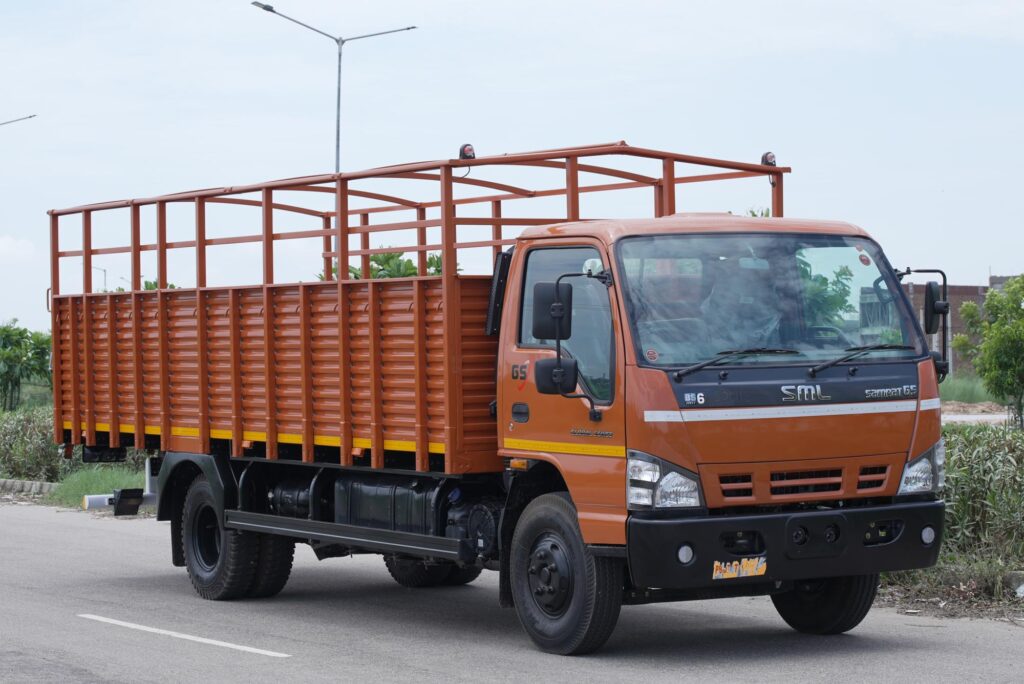
From a network perspective, how many sales and service outlets/touchpoints do you have across the country today?
Currently, we have around 266 outlets across the country, including 3S (Sales-Service-Spares) outlets, authorized service centers/workshops, and spare parts distributors. Region-wise, we have 31 outlets in the East, 104 in the North, 77 in the South, and 54 in the West, all fully operational.
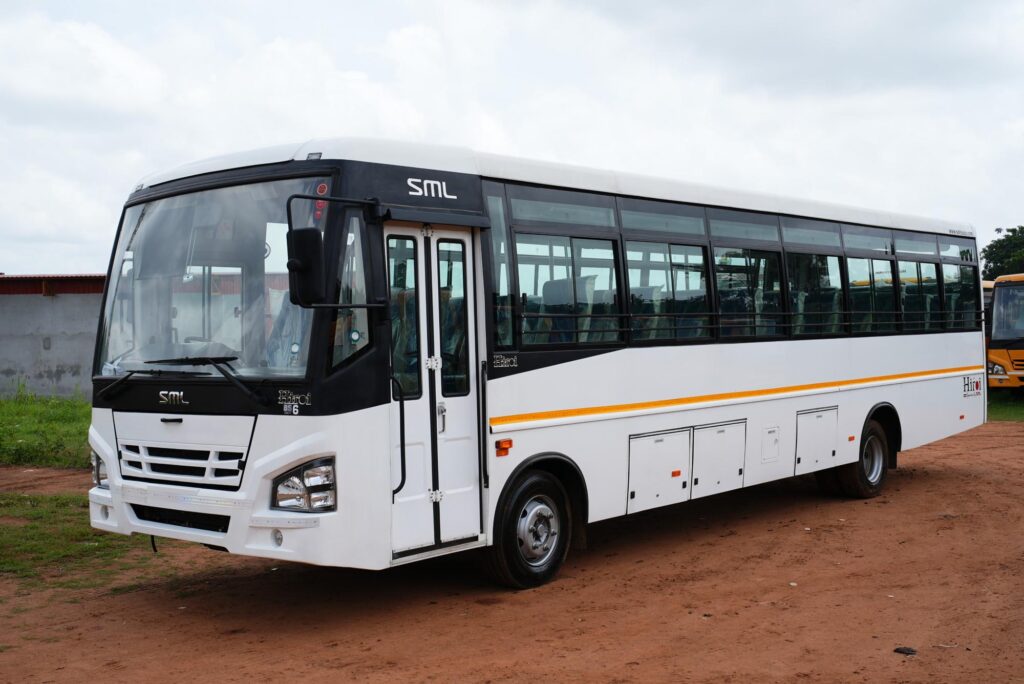
How would you sum up the last decade (2013-2022) for the Indian CV industry, and what role has SML Isuzu played in the segment’s progress and transformation?
Before 1984, the Indian commercial vehicle market was dominated by Tata and Ashok Leyland. The entry of Japanese-designed vehicles, including SML and Toyota, introduced much-needed competition. SML Isuzu is the only brand still operating under its original collaboration.
We’ve focused on quality service and fuel efficiency, which has helped us secure a 20% market share in the bus and passenger segment. However, in the cargo segment, our limited product range has kept us below a 10% market share. With focused efforts, we aim to surpass this and achieve double-digit growth.
Our primary focus remains on delivering quality products at reasonable costs, in line with our motto: “Be the Best, Be the One.”
From an emission and powertrain standpoint, there are so many options being explored—CNG, LNG, battery electric, H2-ICE, H2 fuel cells, etc. What is SML Isuzu’s take on this, and which areas do you plan to focus on as the market transitions to different fuel and power sources?
The industry has significantly progressed in terms of emissions, transitioning from BS-III to BS-IV, and then from BS-VI to BS-VI Phase 2 (OBD-II) within the past seven to eight years. SML Isuzu has kept pace by launching compliant vehicles on time. Notably, we pioneered CNG vehicles back in 2000, with one of our models becoming a major success.
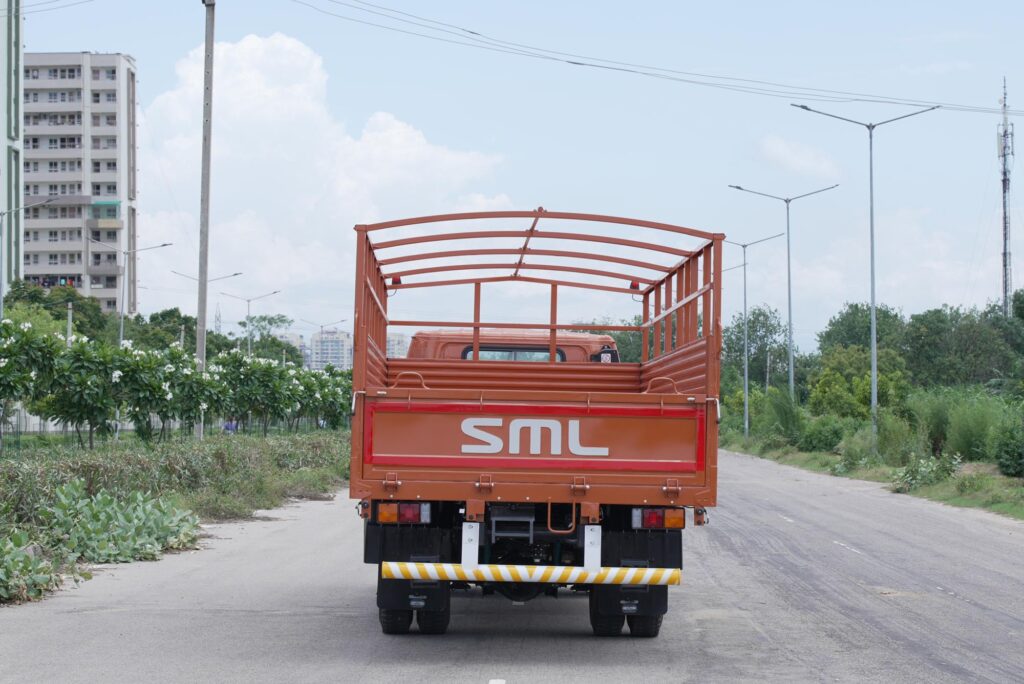
Regarding electric vehicles (EVs), we are currently in the R&D phase. However, I believe that the current EV market is largely driven by government purchases under specific business models, which may not be sustainable in the long term. For EVs to succeed with general consumers, there needs to be a stronger focus on cost-effectiveness, broader R&D efforts from both the auto and battery industries, and improved infrastructure, particularly in charging stations and electricity costs. The government can play a crucial role in making EVs more viable and appealing to the broader market.
What are the top 2-3 opportunities that will drive growth in the coming years, and how does SML Isuzu plan to capitalize on them?
The commercial vehicle (CV) industry is closely aligned with economic trends. With the current Modi government’s ambitious target of a $5 trillion economy by 2027, India is poised for significant growth. As the nation aims to become a global leader by 2047, the future of the CV industry looks very promising. Both in the short term and beyond 2027, India’s economic growth will drive robust expansion and opportunities for the CV sector.
Looking ahead, what are your views on how the CV sector will perform during the rest of the decade (until 2030)? What are SML Isuzu’s plans to further expand and strengthen its presence across different product categories and market regions in the next seven years?
The Indian CV industry stands to benefit significantly from geopolitical stability. If the region remains stable over the next 10 to 20 years, India’s neutral stance could attract business from other countries, boosting both the economy and the CV sector.
For SML Isuzu, we are focusing on enhancing our product portfolio in the 5 to 12-ton segment by improving quality, fuel efficiency, and customer satisfaction. We will also emphasize the development of customized vehicles tailored to specific customer needs. By strengthening our dealer sales and service network, we aim to ensure that SML Isuzu captures its rightful market share and continues to deliver exceptional value and satisfaction to our customers.
“We expect that demand in the 3.5-7.5T LCV payload market will remain stable. In the passenger segment, a marginal growth is anticipated, as FY2023-24 has already shown growth with a higher base value. Market sentiment is optimistic, and infrastructure growth is strong. The current government is committed to investing in infrastructure to help India become the third-largest economy by 2027. With political stability in the country, we see no reason why business should not continue to grow.”
- Mr. Prashant Kumar, Chief General Manager – Marketing, SML Isuzu Ltd.